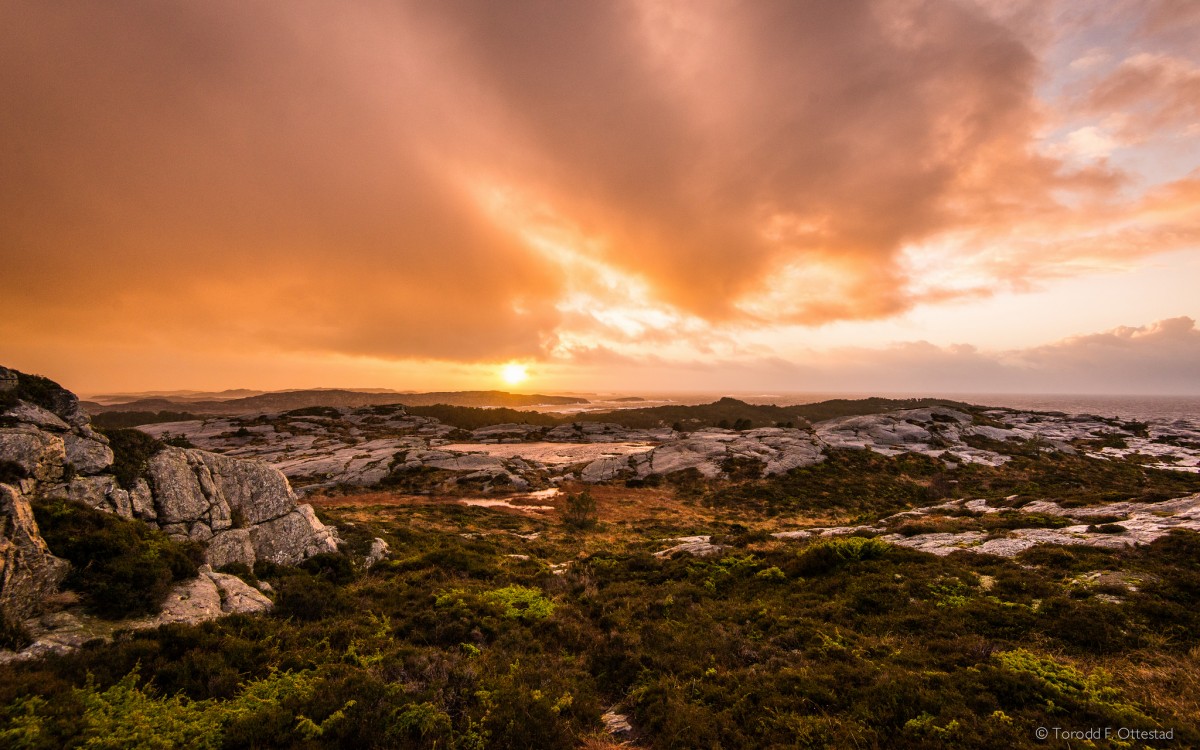
Torodd F. Ottestad photo.
The winter solstice has been celebrated in cultures around the world for thousands of years. The solstice marks the shortest, darkest day of the year. It also marks the rebirth of the sun, when days begin to grow longer.
This year the winter solstice occurs in Seattle on December 21 at 8:49 pm. This is the moment when the sun is directly over the Tropic of Capricorn.
The solstice celebrates our connection with the rhythms of the natural world. Elements of nature are important symbols for solstice celebrations.
Yule log
Early solstice celebrations took place around a bonfire. According to the BBC, the Druids began the tradition of the yule log. The Celts thought that the sun stood still for twelve days in the middle of winter. A large oak log was brought into the house and kindled at dusk. Once the log was lit, people kept it burning until it was ceremonially put out. The lighted log was thought to conquer the darkness, banish evil spirits and bring luck for the coming year.
In some countries, a remnant of the Yule log was kept to start the fire the next year. In other countries, the log was burned completely, and the ashes were strewn on the fields as fertilizer or saved to make healing or fertilizing charms.
Evergreen trees and plants
People in many ancient civilizations believed that trees and plants that stayed green all year round were sacred or had magical powers that allowed them to survive the winter cold. Their greenery also symbolized hope for the sun’s return.
The Druids decorated evergreen trees at Yule with images of the things they wished the waxing year to bring, according to Selena Fox of Earthwitchery. Fruits for a successful harvest, love charms for happiness, nuts for fertility and coins for wealth adorned the trees.
In Scandinavia, Yule trees were brought into the home to provide a warm and festive place for tree elementals who lived in the woods. Similarly, the Celts believed that bringing evergreens indoors provided a haven for woodland spirits during the cold winter months. Some think the Saxons were the first to place candles in the tree.
In many cultures, it was believed that evergreen boughs, hung over doors and windows, would fend off witches, ghosts, evil spirits and diseases. Evergreen wreaths represented the circle of life: birth-death-rebirth. Evergreen plants like holly, ivy and mistletoe were thought to ward off misfortune and bring protection and luck.
Take a moment
For many of us, December marks a mad rush of shopping, decorating and social events. Perhaps we should stop for a moment, take a deep breath and contemplate the darkness and return of the light. Here is a meditation by author Meg Casey.
“December is a holy month. Maybe it is the dark, silky silence that descends so early that speaks to me of reverence. Maybe it is the promise that December holds — that no matter how dark, how cold, how empty it can get, the light is coming back. Something always shifts in me when December arrives — I embrace the darkness, and am eager for the coming solstice when the whole world is still and holds its breath, waiting to be reborn again.”
References

Thank Annette for this great history lesson. I was just talking with my family recently about the history of the Christmas tree and we couldn’t remember which country it was started in. -Cheri
You’re welcome. I’m glad you found it helpful.